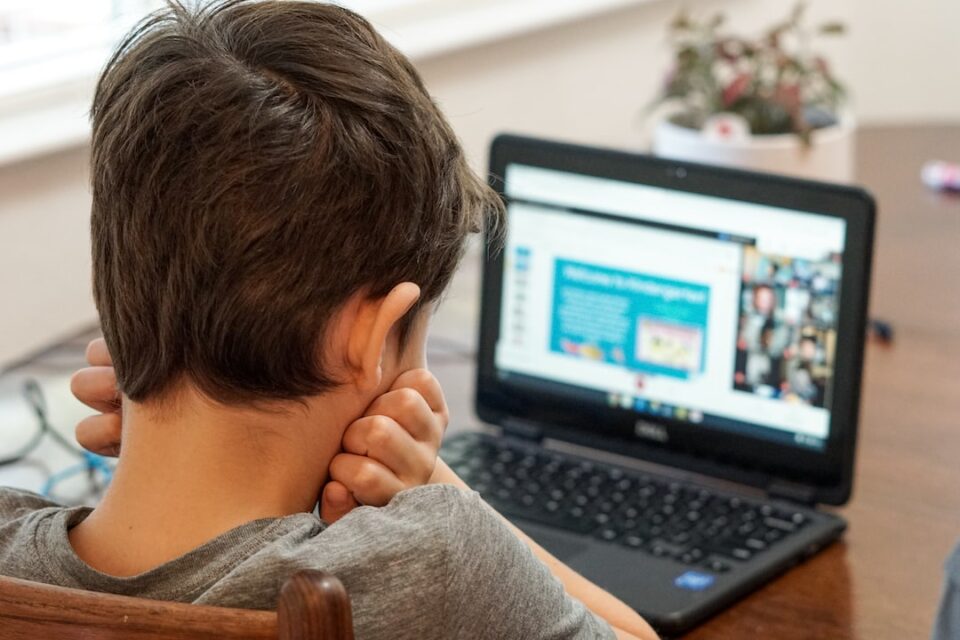E-Learning for Kids: Effective Strategies for Online Education
In our fast-paced world, technology has become an integral part of our daily lives. The advent of the internet has revolutionized the way we acquire and disseminate knowledge. One significant area where technology has made a tremendous impact is in the field of education, particularly e-learning for children.
E-learning refers to the use of technology, specifically electronic devices such as computers, tablets, and smartphones, to facilitate education. This method has gained popularity in recent years due to its flexibility, accessibility, and interactive nature. E-learning for kids has proven to be an effective way of engaging young learners and promoting their academic growth. However, for this strategy to be truly successful, certain essential strategies need to be implemented.
Firstly, it is crucial to design e-learning courses in an interactive and engaging manner. Children have shorter attention spans compared to adults, so it is important to capture their interest from the beginning. Incorporating multimedia elements such as images, videos, and audio can significantly enhance the learning experience. Moreover, interactive activities, quizzes, and games should be included to keep the children actively involved in the learning process. This way, they will not only acquire knowledge but also enjoy doing so.
Secondly, personalized learning is a key component of e-learning for kids. Every child has their unique learning style and pace. Therefore, it is vital to provide options for customization to meet their individual needs. This can be achieved by creating adaptive learning platforms that cater to each child’s strengths, weaknesses, and preferences. For example, some children may excel in visual learning while others prefer auditory or kinesthetic learning. By offering various modes of learning, children can choose the one that works best for them, leading to a more effective learning experience.
Another effective strategy is the inclusion of real-life applications and examples in e-learning courses. Children often struggle with the abstract nature of academics, finding it challenging to relate what they learn to the real world. By integrating practical examples and real-life scenarios into the curriculum, children can better understand the relevance and importance of the concepts they are studying. Whether it’s through virtual simulations, case studies, or hands-on experiments, applying theoretical knowledge to real-life situations will greatly enhance children’s understanding and motivation to learn.
Furthermore, e-learning for kids should prioritize regular and constructive feedback. Feedback plays a vital role in the learning process, as it helps children understand their strengths and areas for improvement. Online platforms can incorporate features such as quizzes, assessments, and interactive exercises that provide immediate feedback. In addition, instructors or facilitators could be assigned to monitor the progress of each child and provide personalized feedback. This allows children to track their progress, identify their weaknesses, and work on them accordingly. By receiving timely feedback, children gain a sense of accomplishment and motivation, which enhances their learning outcomes.
Collaboration is yet another essential strategy in e-learning for kids. Learning does not have to be a solitary experience; it can be a social one as well. Online platforms should incorporate features that promote collaboration, such as discussion forums, group projects, and virtual classrooms. This allows children to interact with their peers, exchange ideas, and learn from one another. Collaboration fosters critical thinking, problem-solving, and communication skills, which are essential 21st-century competencies. Moreover, it also enhances social development and engagement, making the learning process more enjoyable and effective.
Lastly, the inclusion of rewards and recognition is a powerful strategy to motivate children in e-learning. Children thrive on positive reinforcement and recognition for their achievements. Online platforms can incorporate a system of rewards and badges that children can earn upon completing certain milestones or demonstrating exceptional efforts. These rewards could be virtual trophies, certificates, or even points that can be accumulated and later redeemed for incentives. By gamifying the learning experience and offering tangible rewards, children are more likely to be motivated, engaged, and committed to their e-learning journey.
In conclusion, e-learning for kids has shown great potential in revolutionizing the way children acquire and engage with education. However, for this strategy to be truly effective, various strategies need to be employed. It is important to design interactive and engaging courses, personalize learning, include real-life applications, provide regular and constructive feedback, promote collaboration, and incorporate rewards and recognition. By implementing these strategies, e-learning for kids can be a powerful tool for promoting their academic growth and development in today’s digital age.

